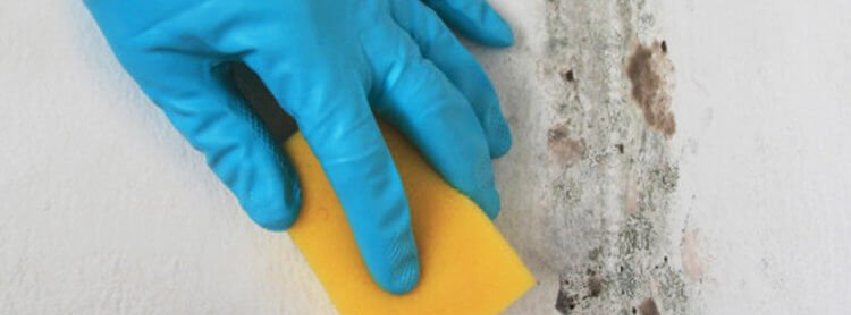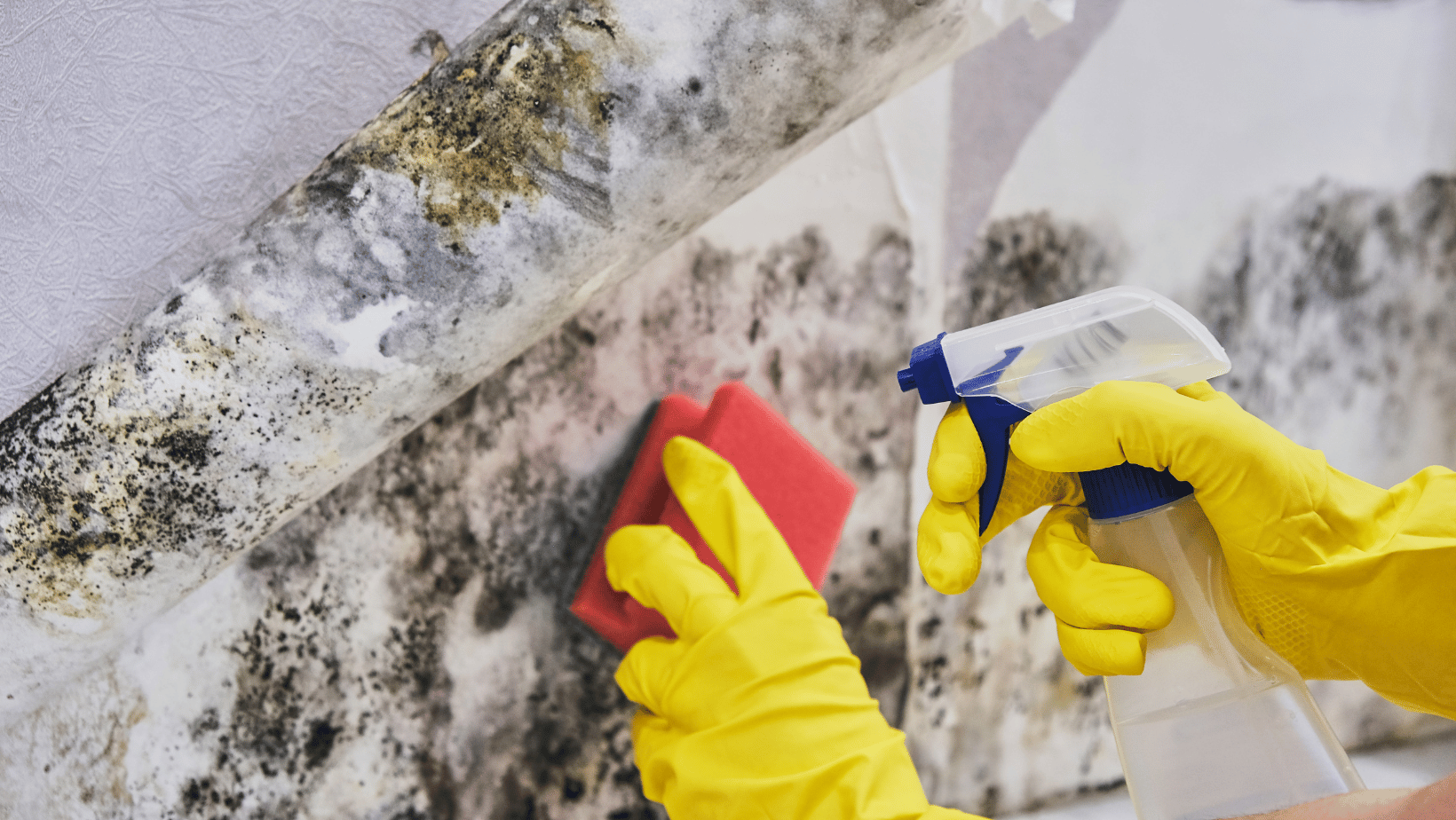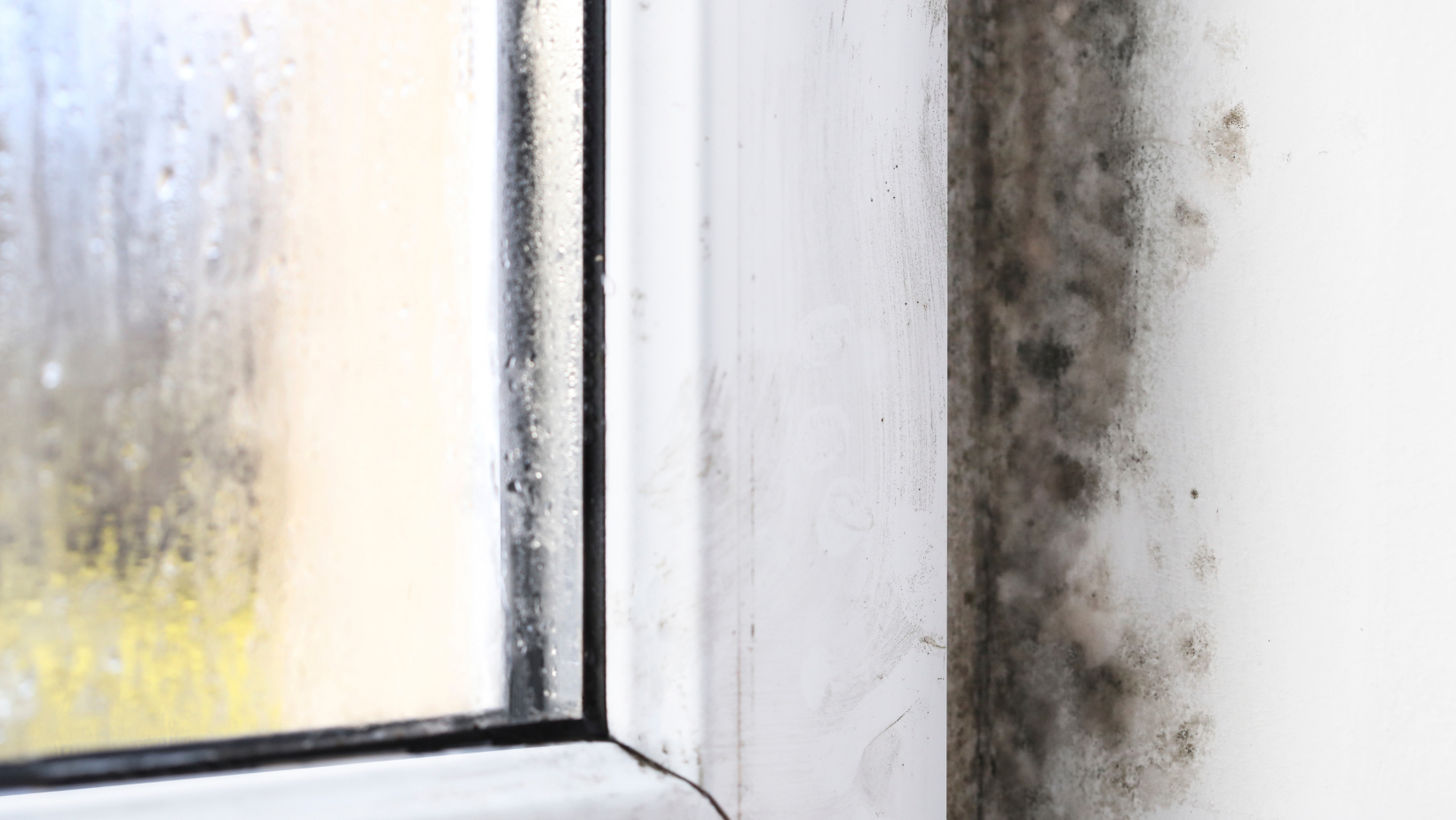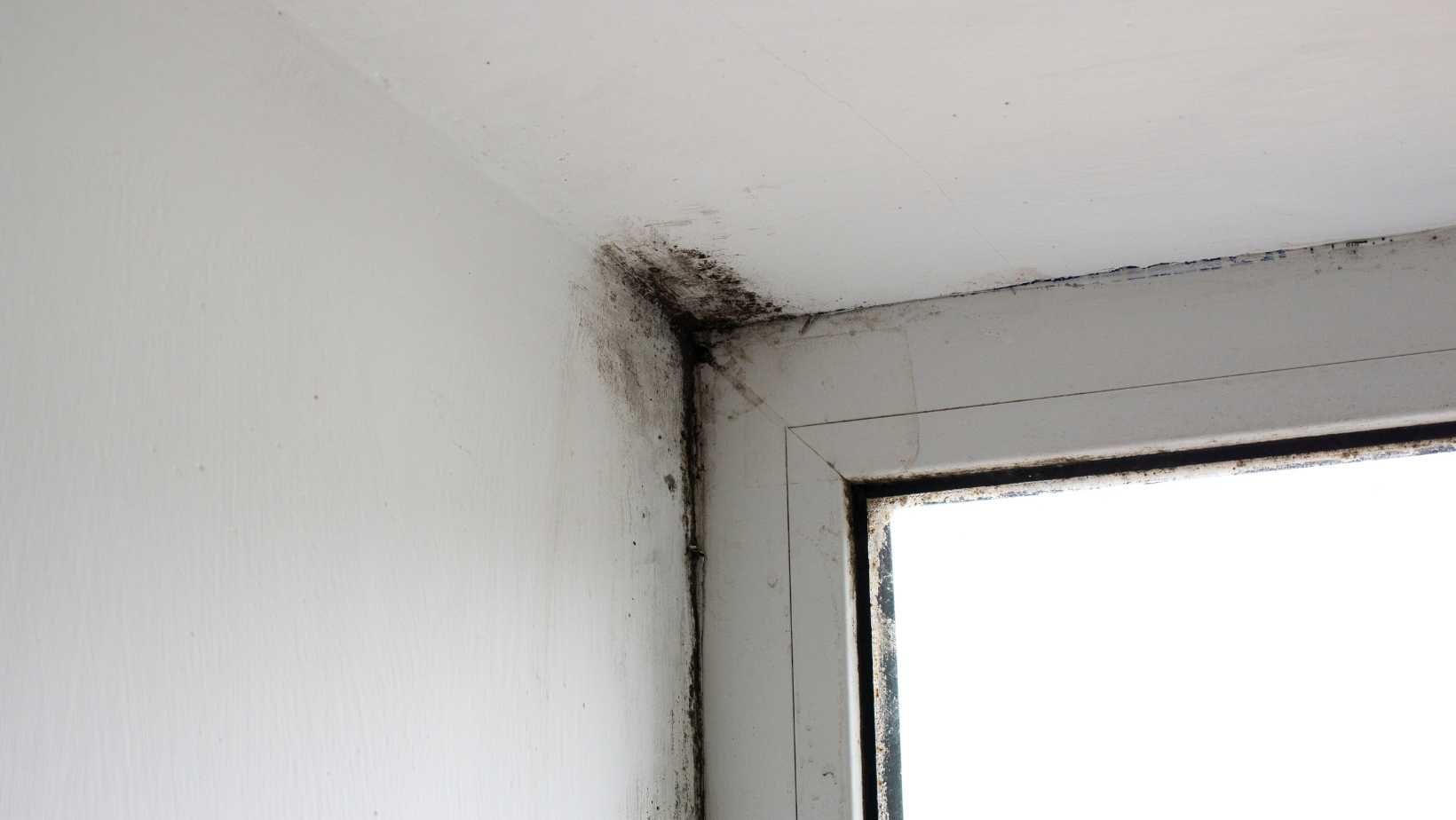Why You Should Not Attempt DIY Mold Remediation

Why DIY Mold Remediation Is Dangerous
As stated previously, there are many reasons why a DIY mold remediation should not be attempted. It is unsafe for someone who does not have the proper equipment and industry knowledge to attempt a mold remediation job on their own. Many extensive issues could arise, such as:
Creating A Bigger Issue
One of the biggest problems with DIY mold remediation is all the misinformation you will come across. As someone who isn’t in the mold industry, it can be difficult to determine what information is valid and what isn’t. Mold spores can spread rapidly throughout the home with ease if not properly secured. Without the proper industry knowledge and equipment, you could cause the issue to become much worse by attempting a DIY mold remediation. This will lead to an inevitably more costly professional remediation, as well as more extensive damage to your home.
The Source of The Mold
Mold is not the type of thing that can be cleaned with some bleach or a disinfectant wipe. Mold penetrates deep below the surface of porous building materials, meaning that it can not be removed just by cleaning the surface. To effectively remove mold, you must first identify the source, and then eradicate it. Until the source of the mold has been identified and removed, the issue will persist. Professional mold remediation experts have tools that are made to identify areas of the home that experience more moisture than others. This gives a good indicator of where the source of the mold is located, isolating the source.
Personal Protective Gear
Personal protective gear is imperative when it comes to professional mold remediations. This keeps the mold experts safe and secure. You need to be properly protected when dealing with potentially dangerous mold spores and cleaning chemicals. You would not want to inhale anything that could potentially harm you. Personal protective equipment, or PPE for short, can be hard to get your hands on if you are not an industry professional. Not only that, but you may not have even known that this was necessary when attempting a DIY mold remediation.
Improper Containment & Equipment
Containment is another essential part of a professional mold remediation. As previously stated, mold can easily spread throughout the home if it is not properly contained. This is another thing that can easily be overlooked during a DIY mold remediation attempt. Without proper containment, you will not only be potentially spreading mold to more areas of the home, but also aerosolizing mold spores that were previously stagnant. This means that there will be invisible mold spores floating around in the air, and you could potentially inhale them.
Dump The DIY
The longer mold is left to its own devices and not properly remediated, the repair costs are going to continue to increase. In the end, attempting a DIY mold remediation will waste your time, money, and energy. It is best to leave the remediation to the professionals. Mold remediation is a process that takes intensive training to learn to handle effectively. An experienced team of professionals will be able to come in, identify the source and remediate with no issue. Mold remediation experts work hard to ensure that your home will be 100% mold free when they are finished with it.
You might also like
DryMax Mold Blogs




